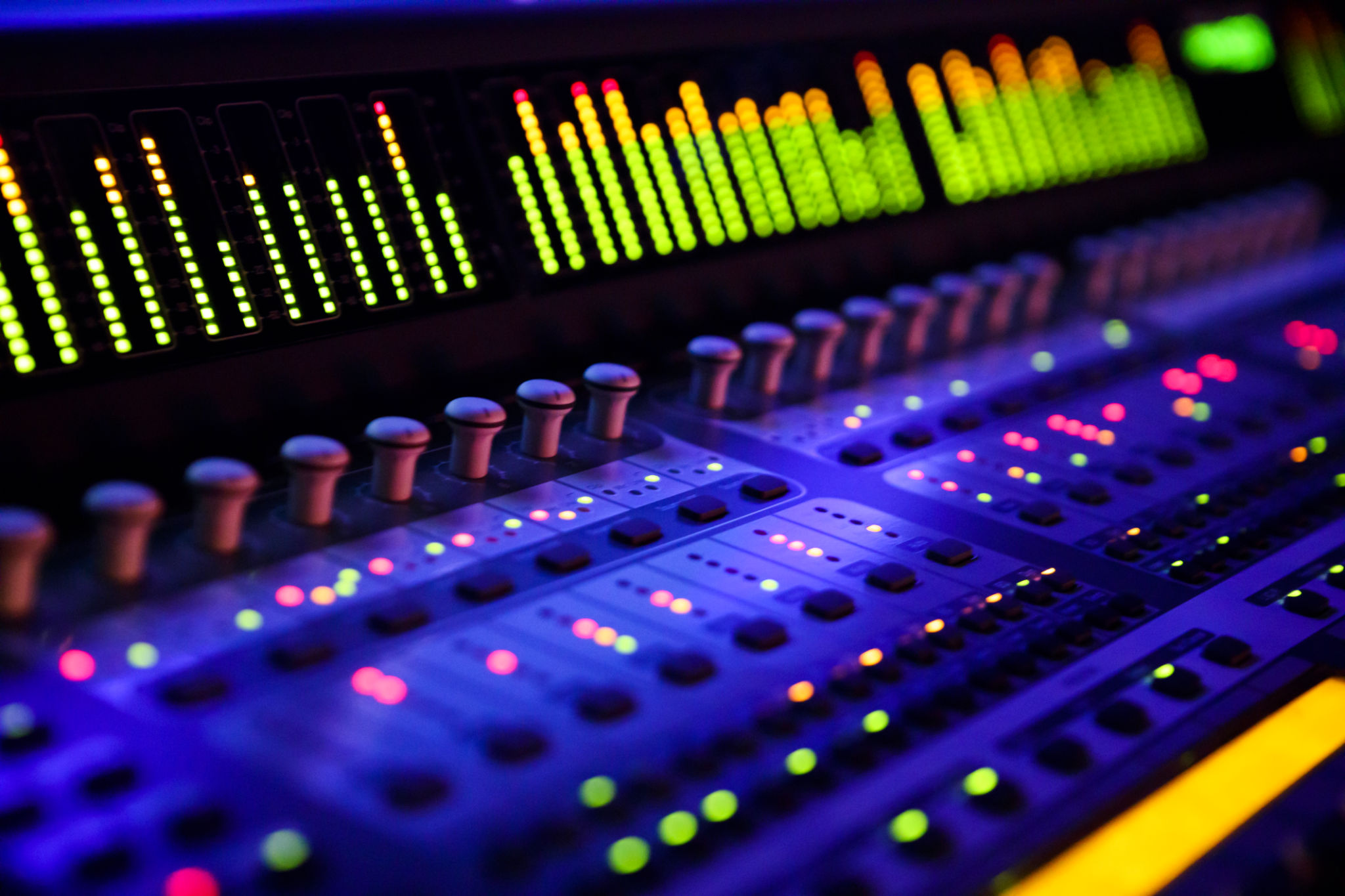Top Audio Production Trends: What You Need to Know
Immersive Audio Experiences
In recent years, the demand for immersive audio experiences has skyrocketed. With the advent of technologies like Dolby Atmos and DTS:X, audio production is no longer just about stereo sound. These technologies allow producers to create a 3D sound space, providing listeners with a more engaging and realistic audio experience. Whether it's in movies, music, or virtual reality, immersive audio is changing the way we perceive sound.

Adoption in Various Industries
From gaming to cinema, various industries are adopting immersive audio to enhance user experiences. In gaming, for instance, immersive audio helps players feel as if they are part of the game's world. Similarly, in cinemas, it adds an extra layer of depth to the storytelling process. As more content creators recognize its potential, the use of immersive audio is expected to grow even further.
Artificial Intelligence in Audio Production
Artificial Intelligence (AI) is making a substantial impact on audio production. Producers are now leveraging AI tools to automate time-consuming tasks such as mixing and mastering. These tools can analyze tracks and suggest the best settings for optimal sound quality. Additionally, AI-driven software can assist in generating unique sounds and effects, broadening the creative possibilities for producers.

Benefits of AI Tools
The benefits of AI tools in audio production are numerous. They save time by handling repetitive tasks, allowing producers to focus on creativity and innovation. Moreover, these tools can learn from user inputs, becoming more efficient and accurate over time. As AI continues to evolve, its role in audio production will only become more prominent.
The Rise of Podcasting
Podcasting has become a significant trend in the audio industry. With millions of podcasts available on various platforms, this medium is reshaping how audiences consume content. The simplicity of production and the ability to reach a global audience make podcasting an attractive option for creators and businesses alike.

Monetization Opportunities
The surge in podcast popularity has opened up numerous monetization opportunities. Advertisers are keen to invest in podcasts due to their engaged audiences. Additionally, creators are exploring subscription models and exclusive content offerings to generate revenue. As the podcasting landscape continues to evolve, new opportunities for monetization are expected to emerge.
Remote Collaboration in Audio Production
With advancements in digital technology, remote collaboration has become a staple in audio production. Tools like cloud-based digital audio workstations (DAWs) and collaboration platforms allow producers to work together from different parts of the world. This flexibility not only broadens the talent pool but also allows for diverse creative inputs.

Challenges and Solutions
While remote collaboration offers many benefits, it also presents challenges such as latency issues and file management. However, the industry is continually developing solutions to overcome these hurdles. Improved internet speeds and robust software options are making it easier for teams to collaborate efficiently and effectively.
Sustainability in Audio Production
Sustainability has become a crucial consideration in the audio industry. From eco-friendly packaging for physical media to energy-efficient studio practices, producers are seeking ways to minimize their environmental impact. This trend is driven by both consumer demand for sustainable products and the industry's commitment to reducing its carbon footprint.
Innovative Practices
Producers are adopting innovative practices such as using renewable energy sources for studio operations and recycling materials used in production. Additionally, digital releases are becoming more prevalent, reducing the need for physical media. As awareness of environmental issues grows, sustainable practices in audio production are likely to become more widespread.

